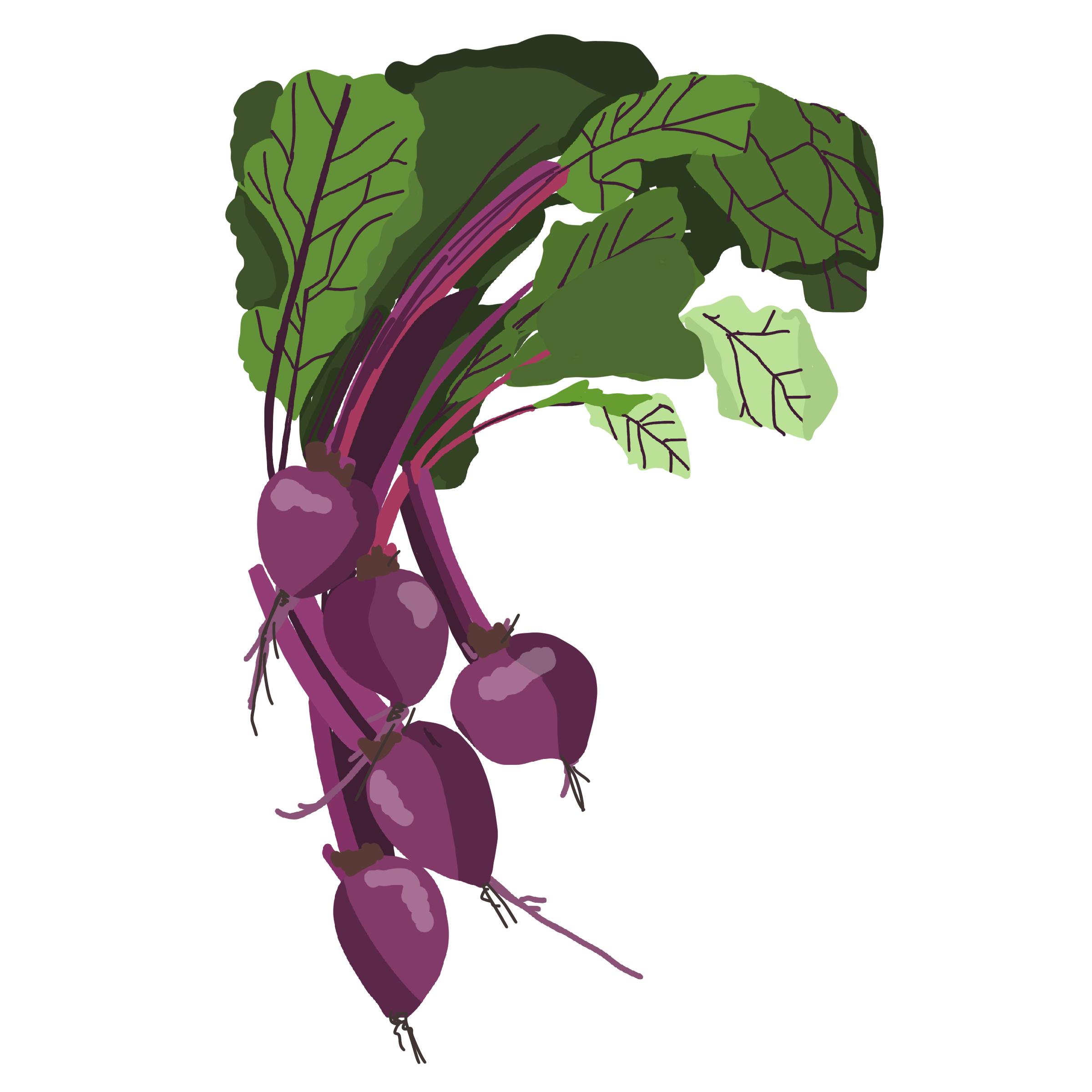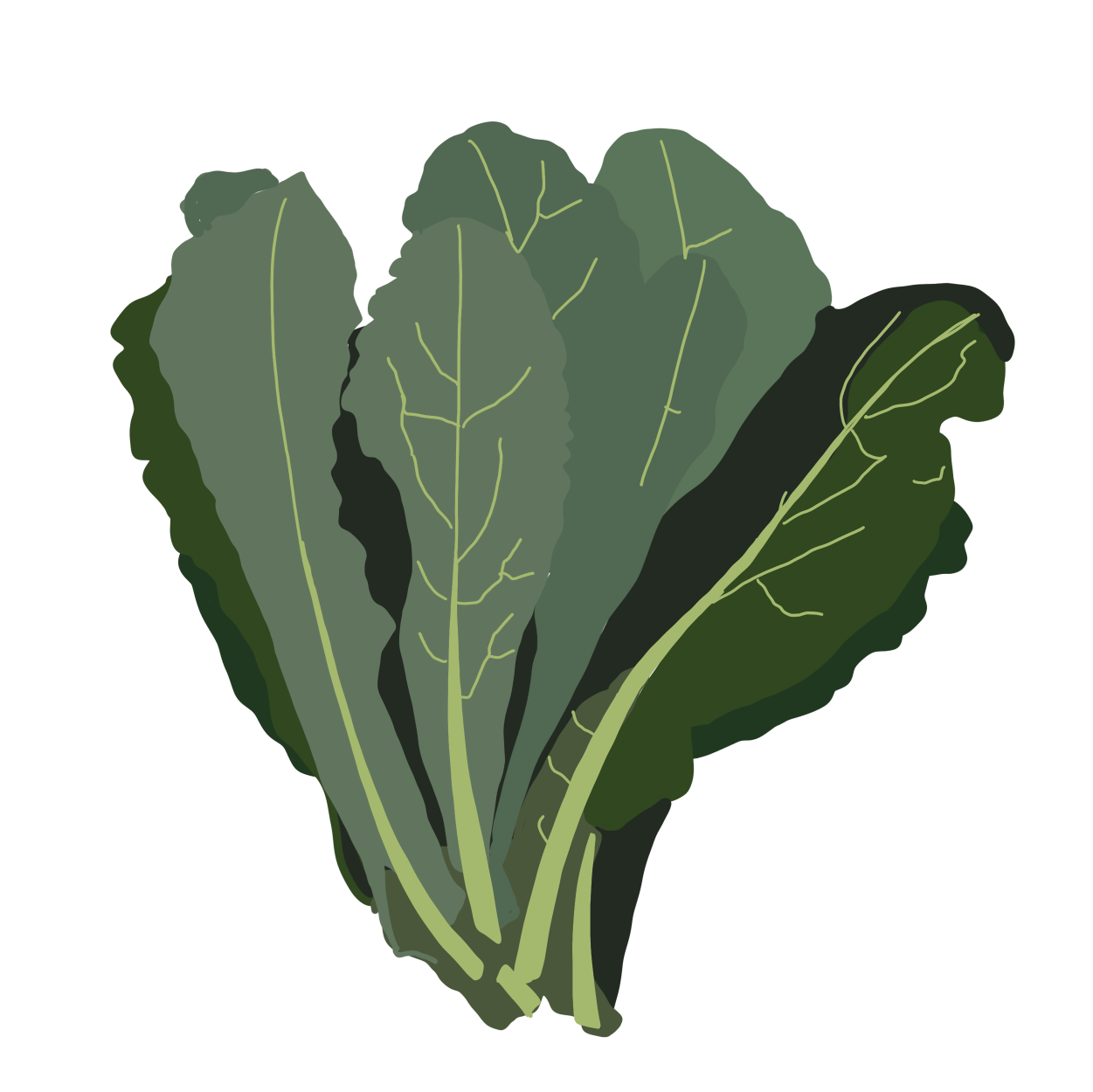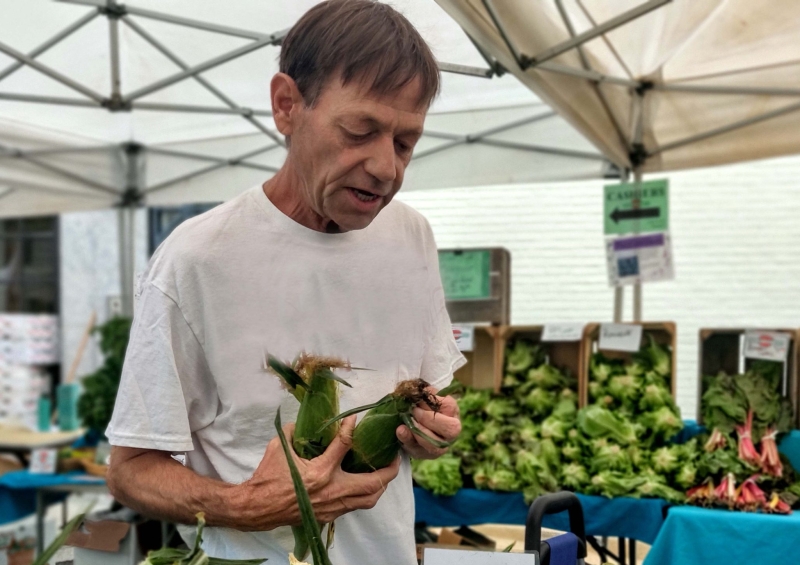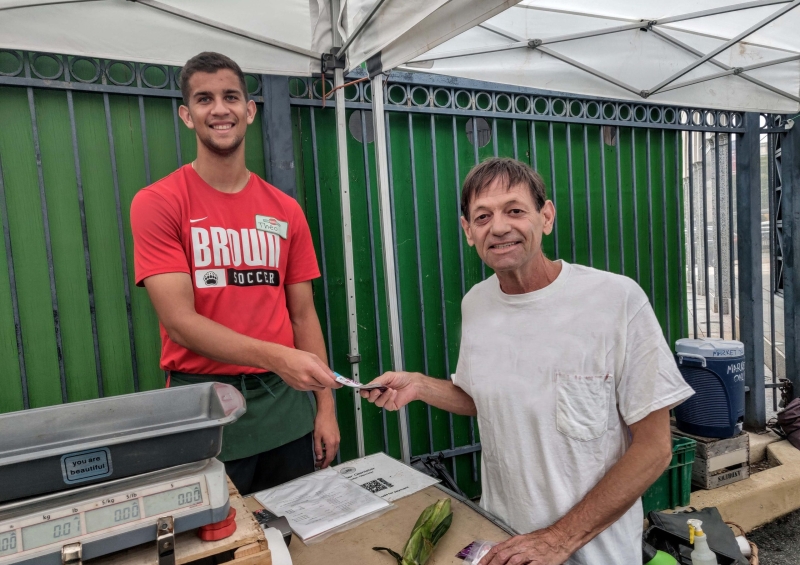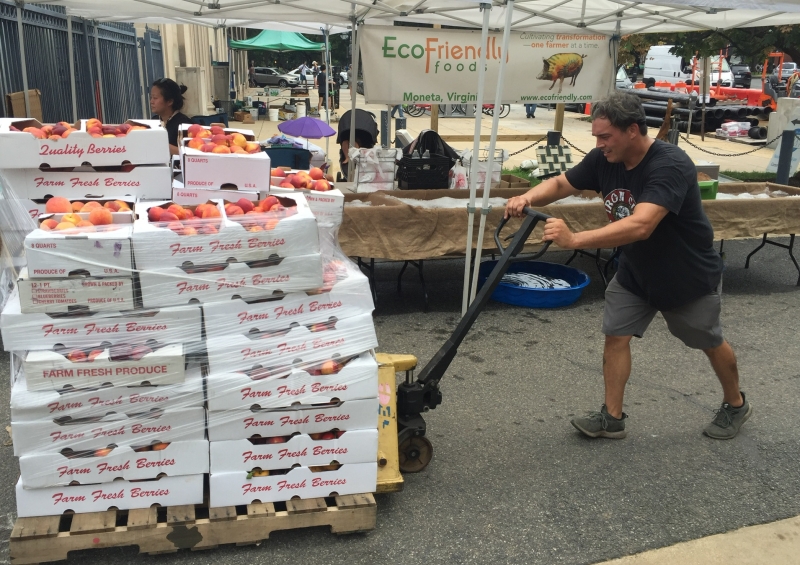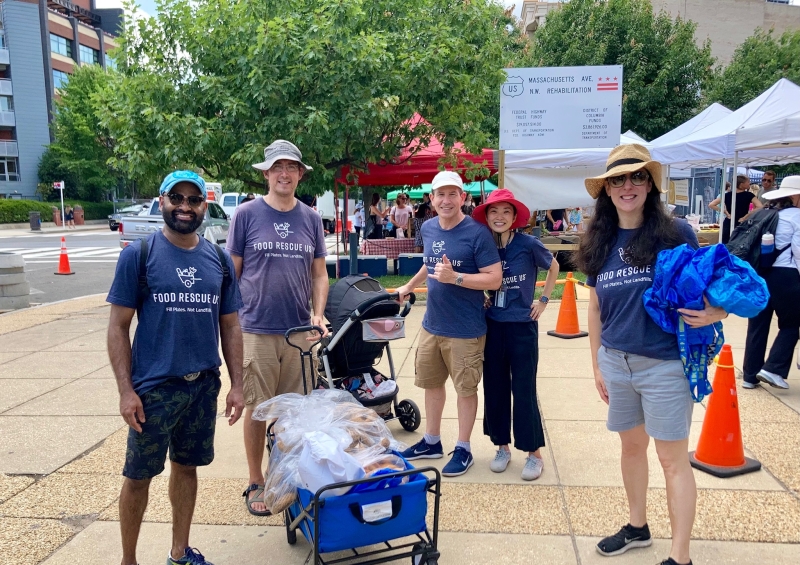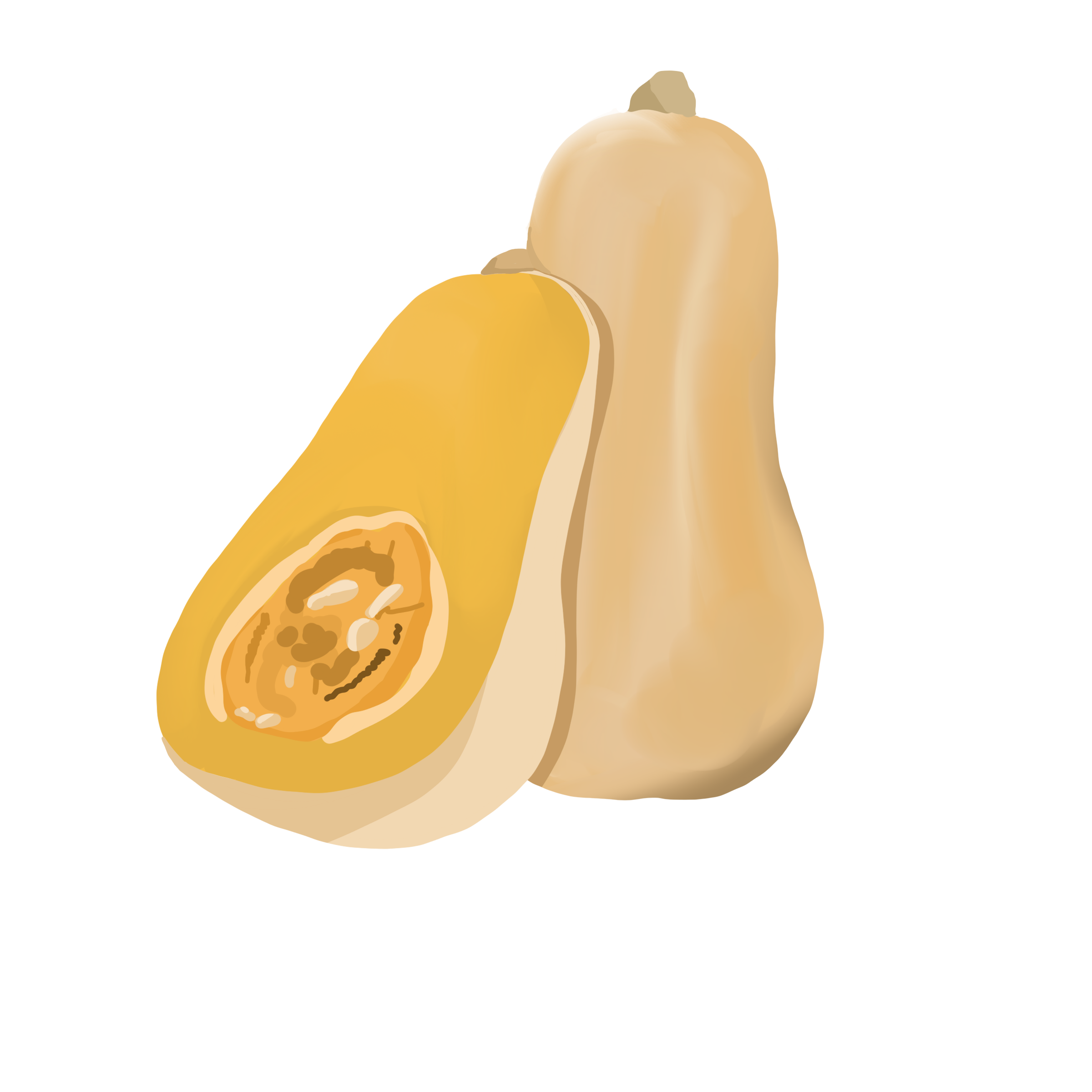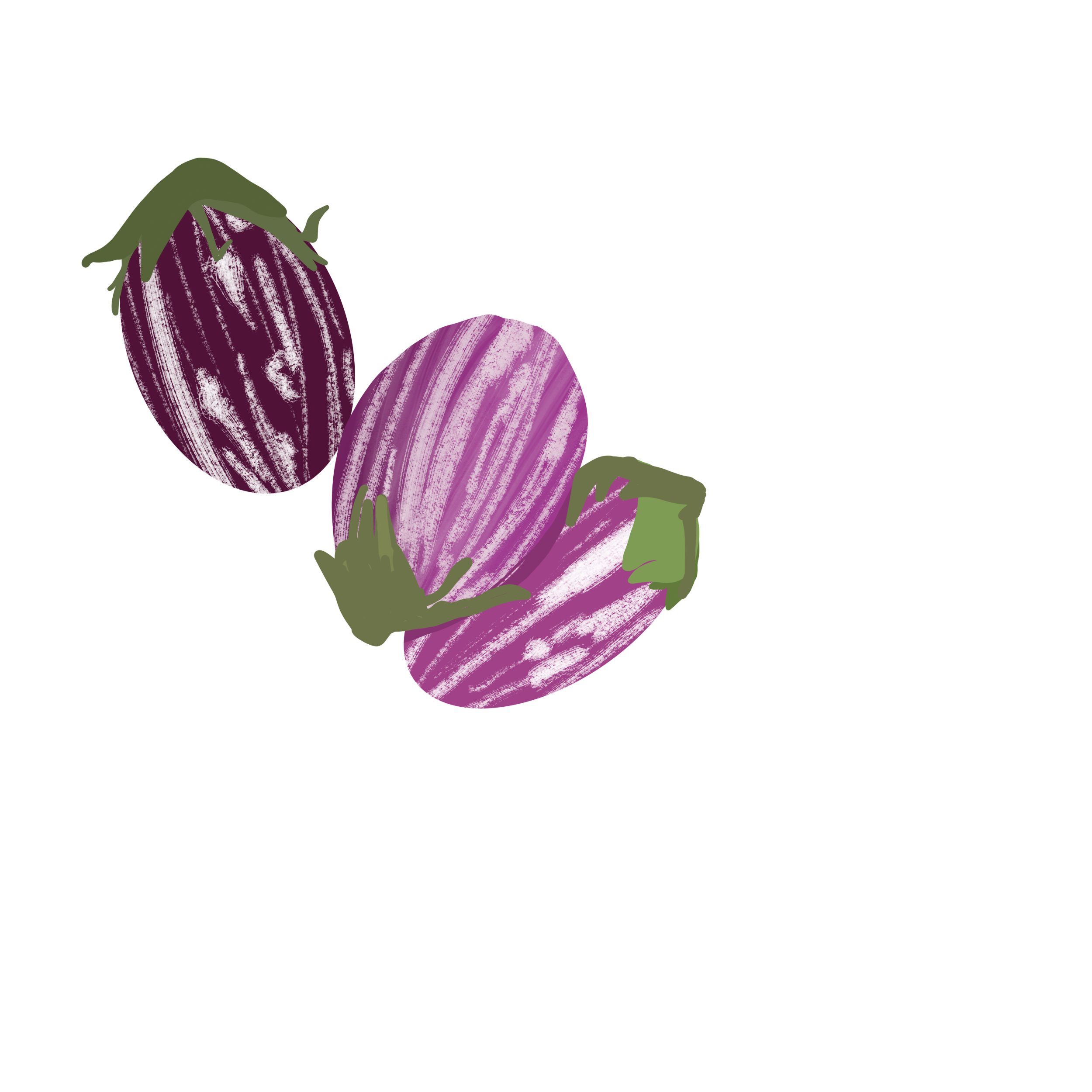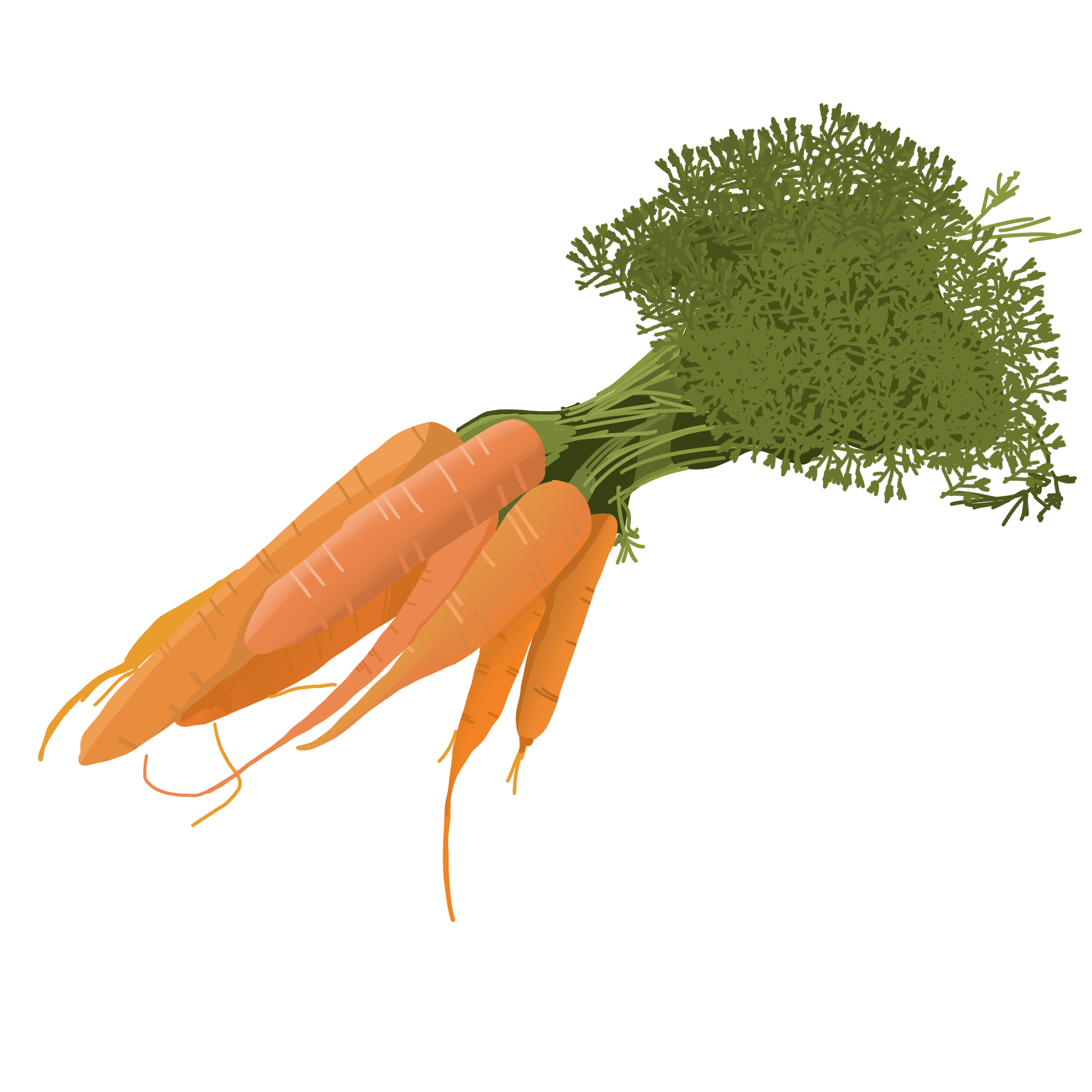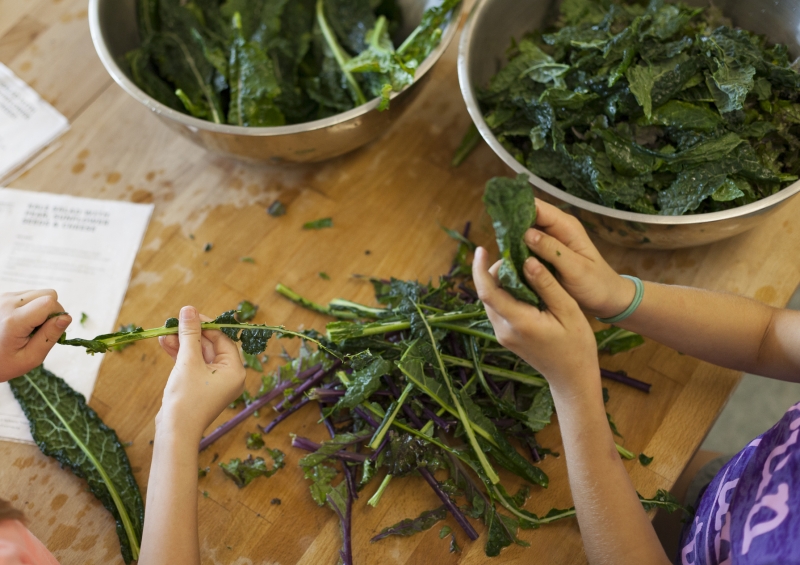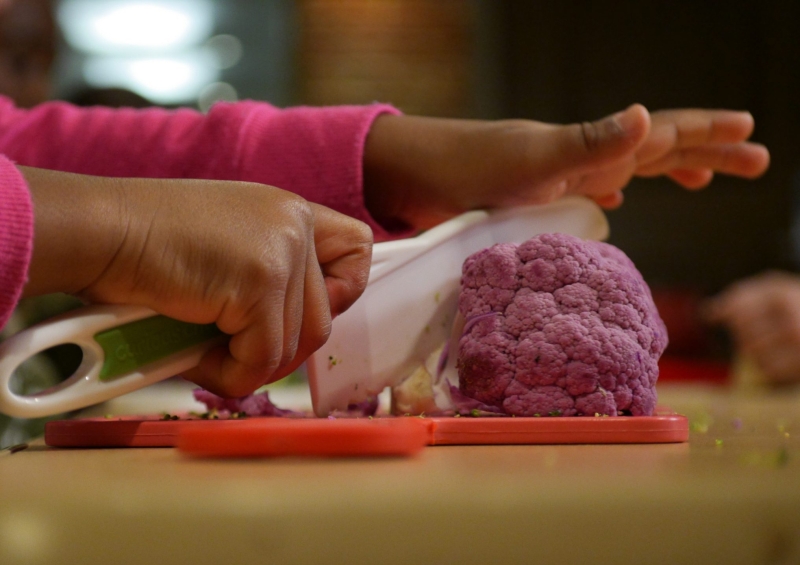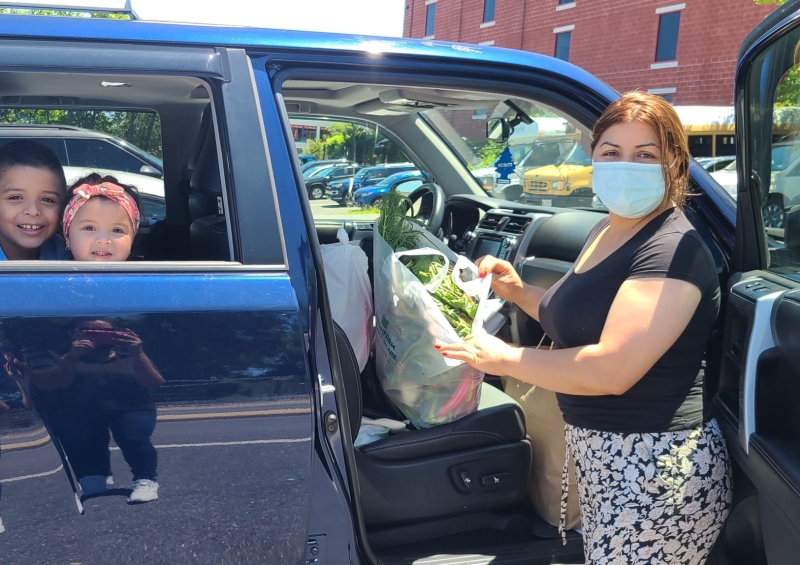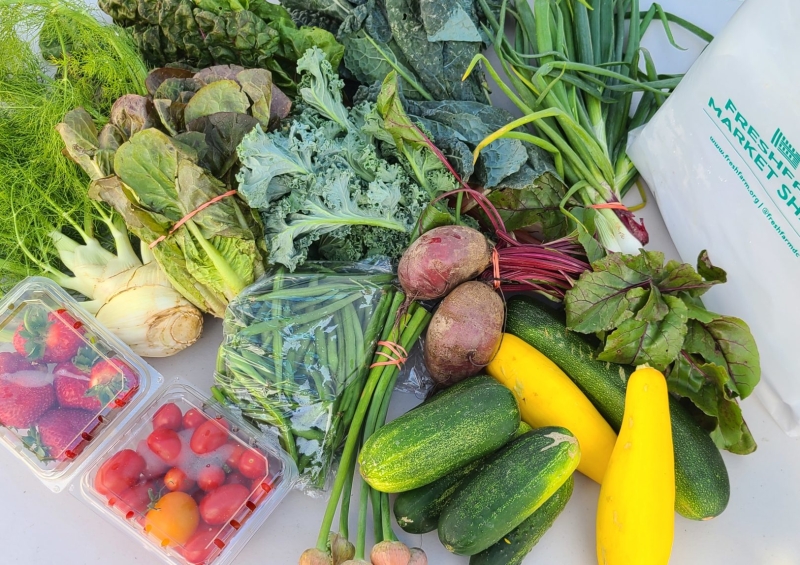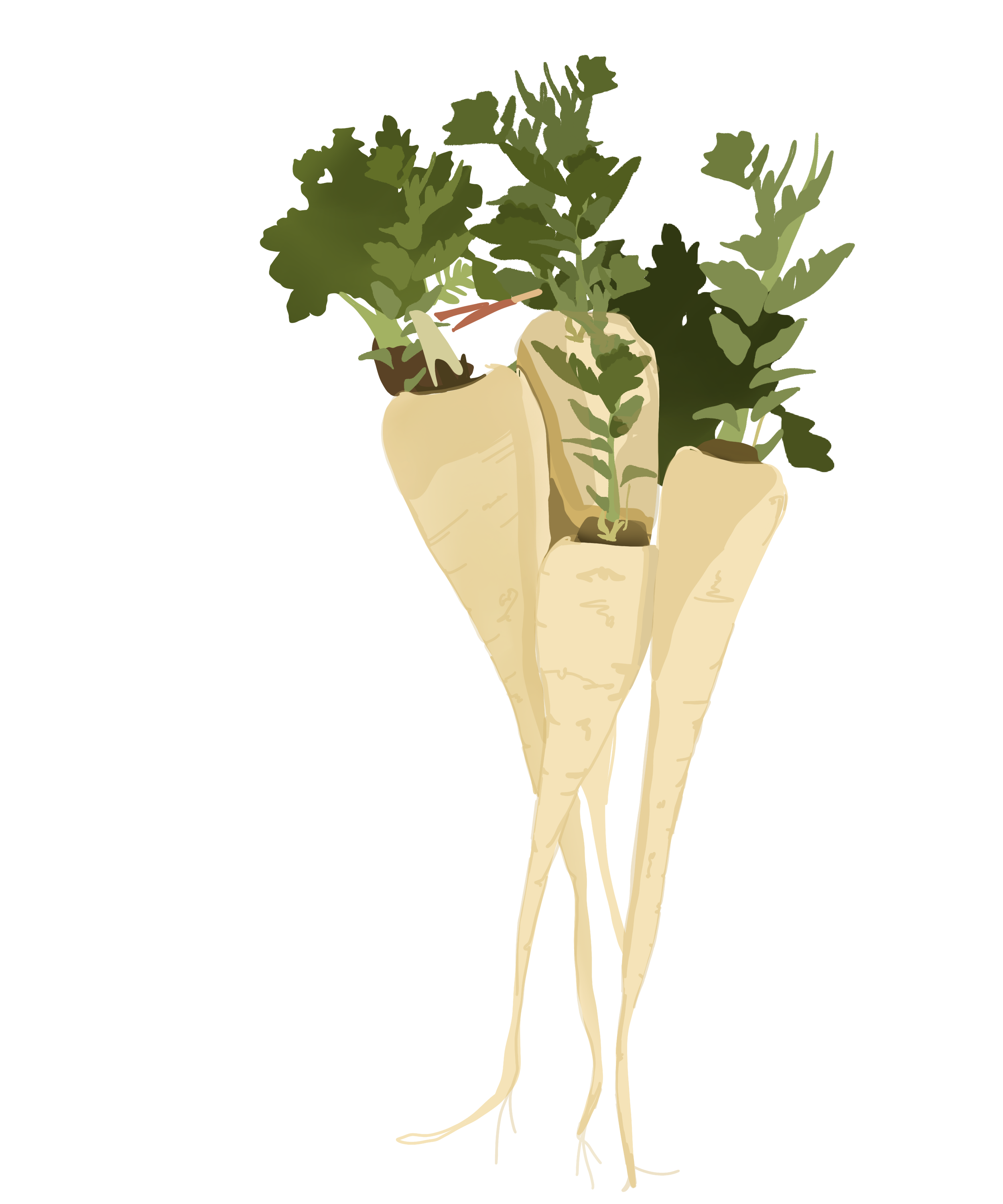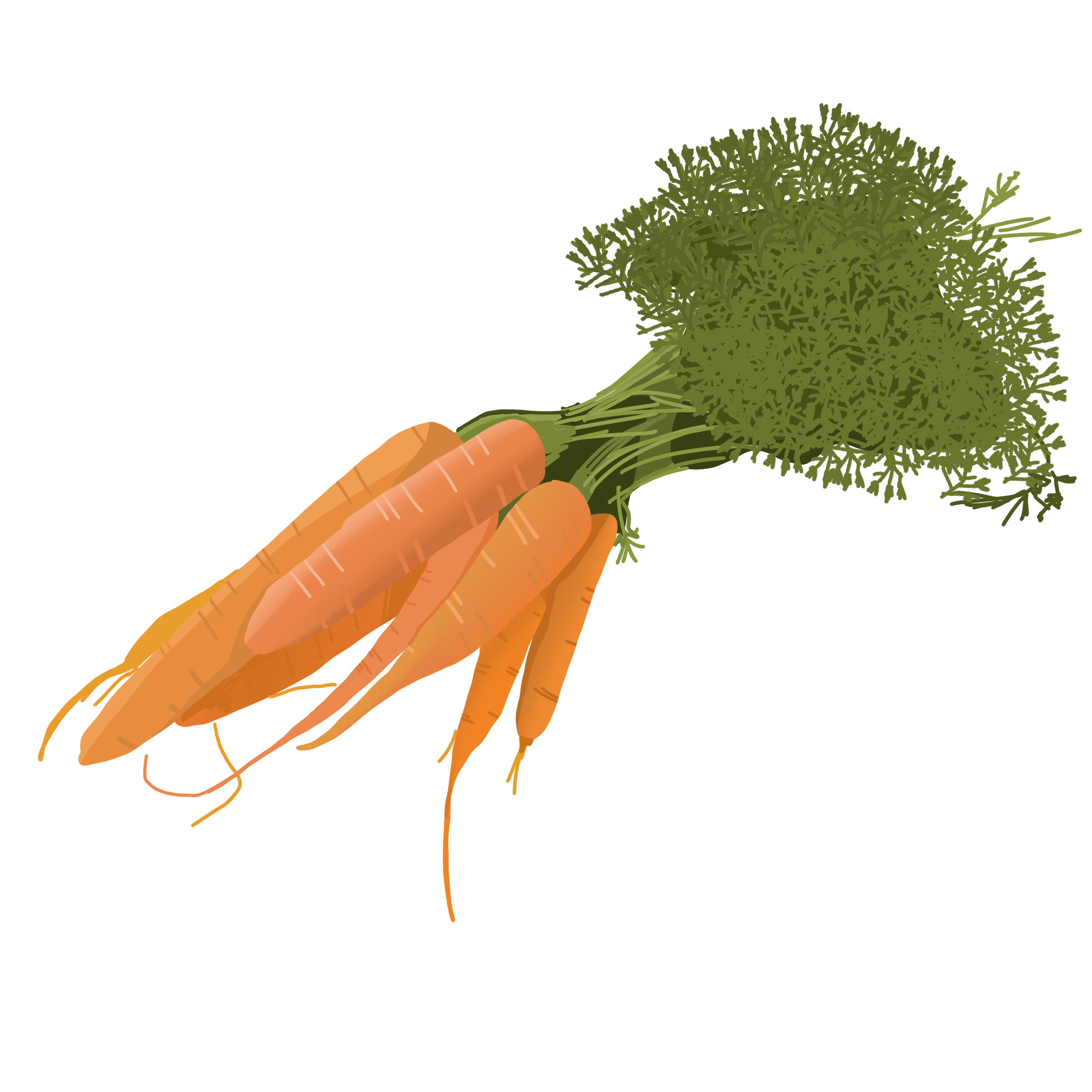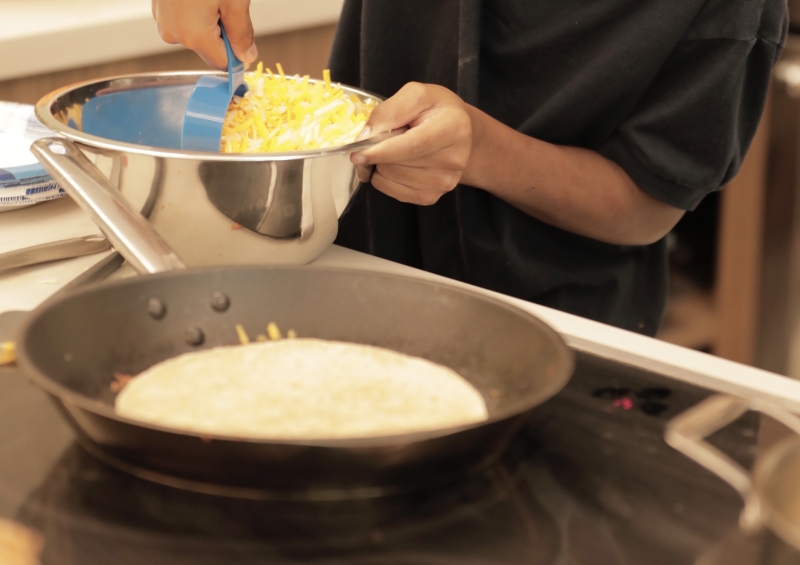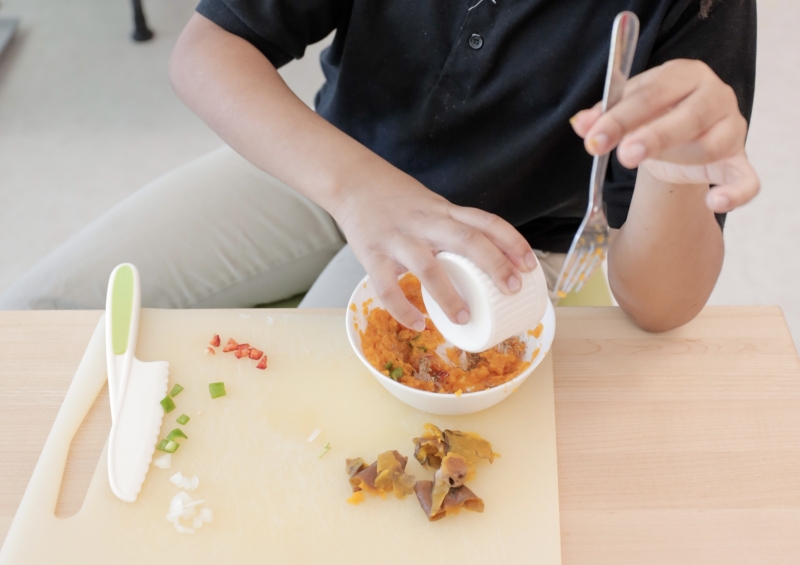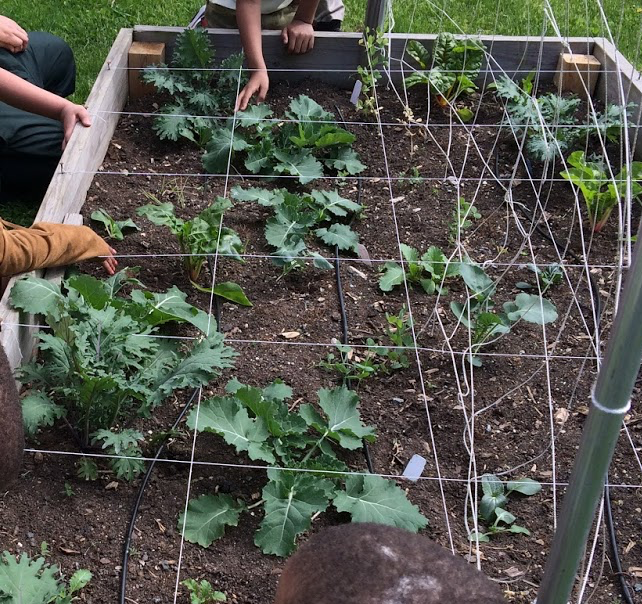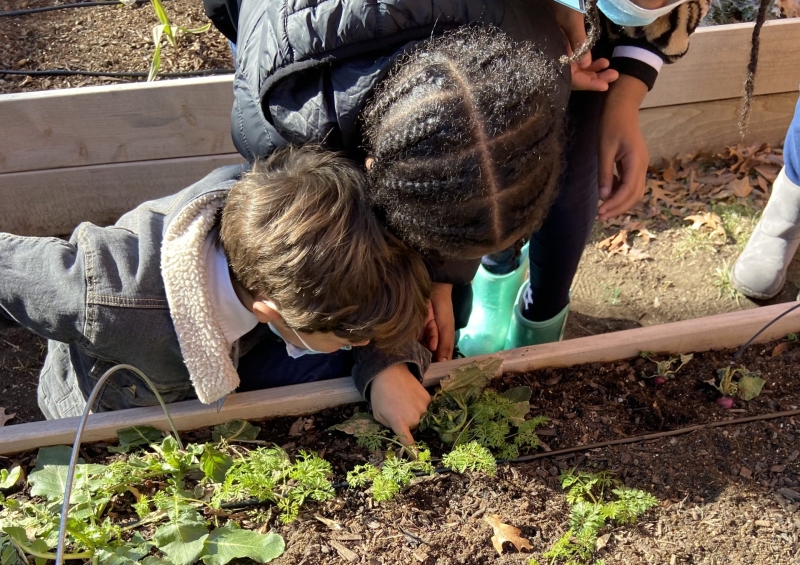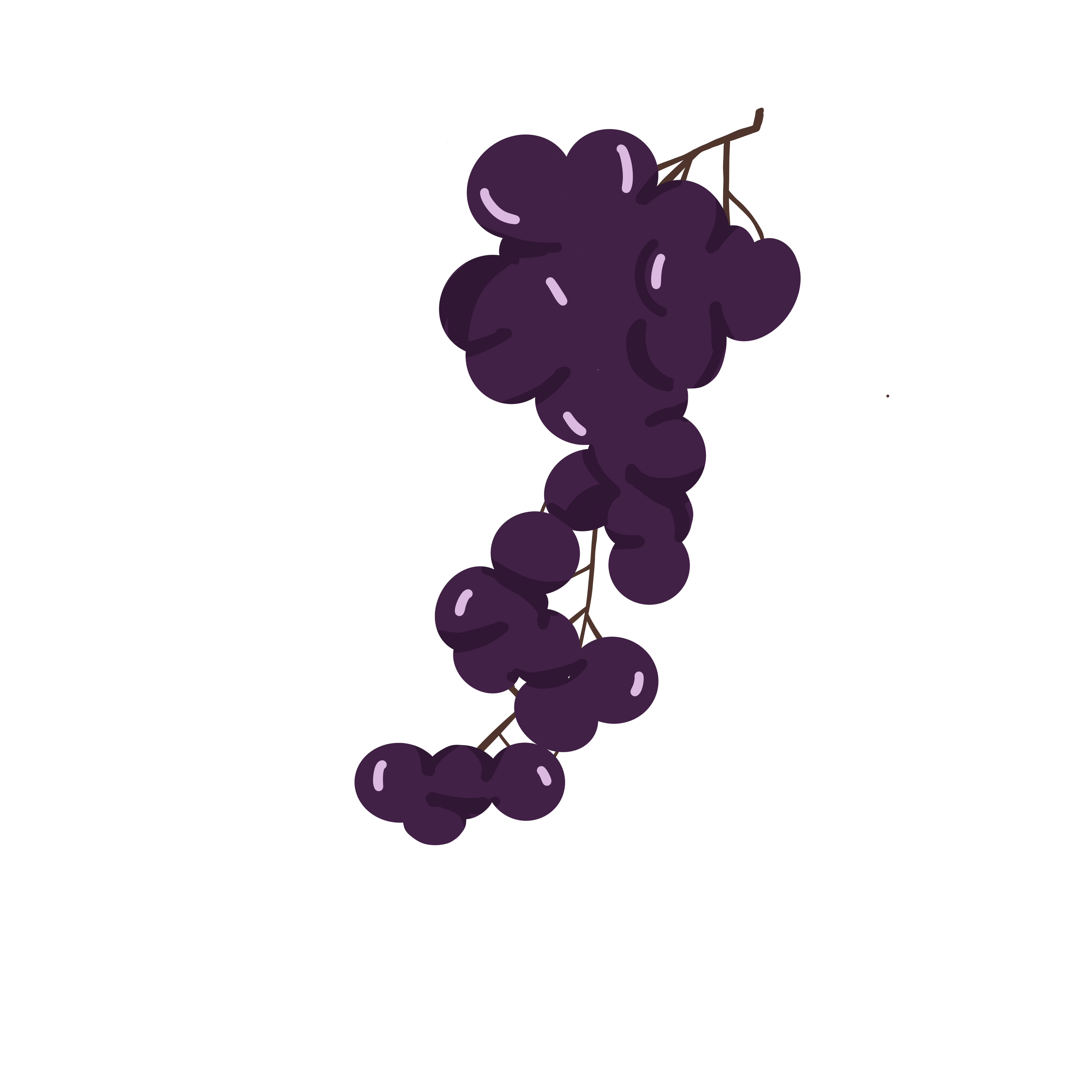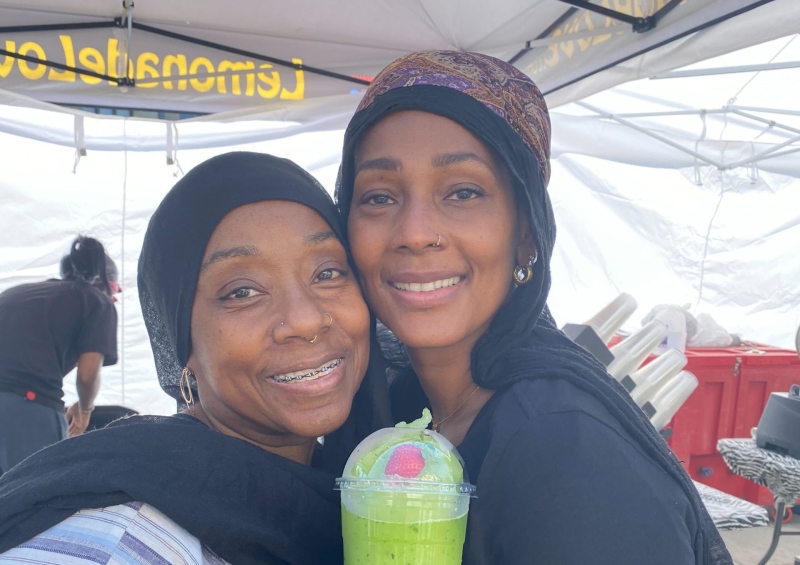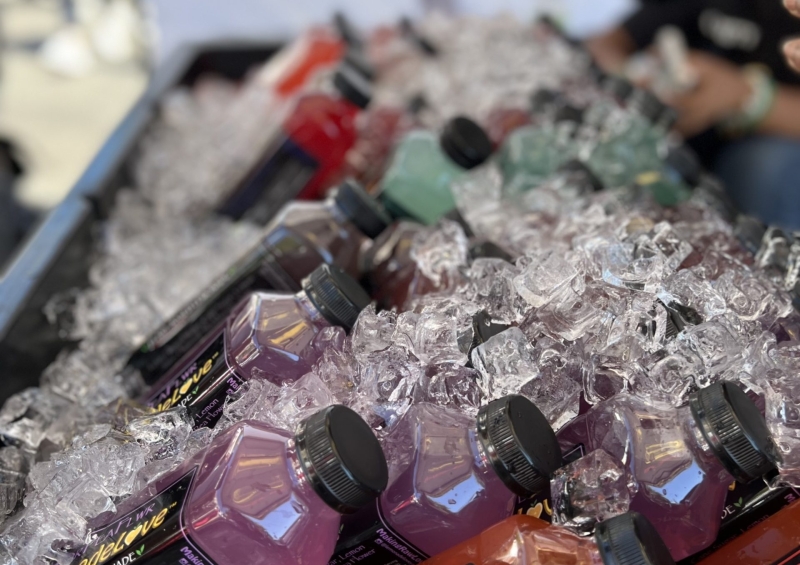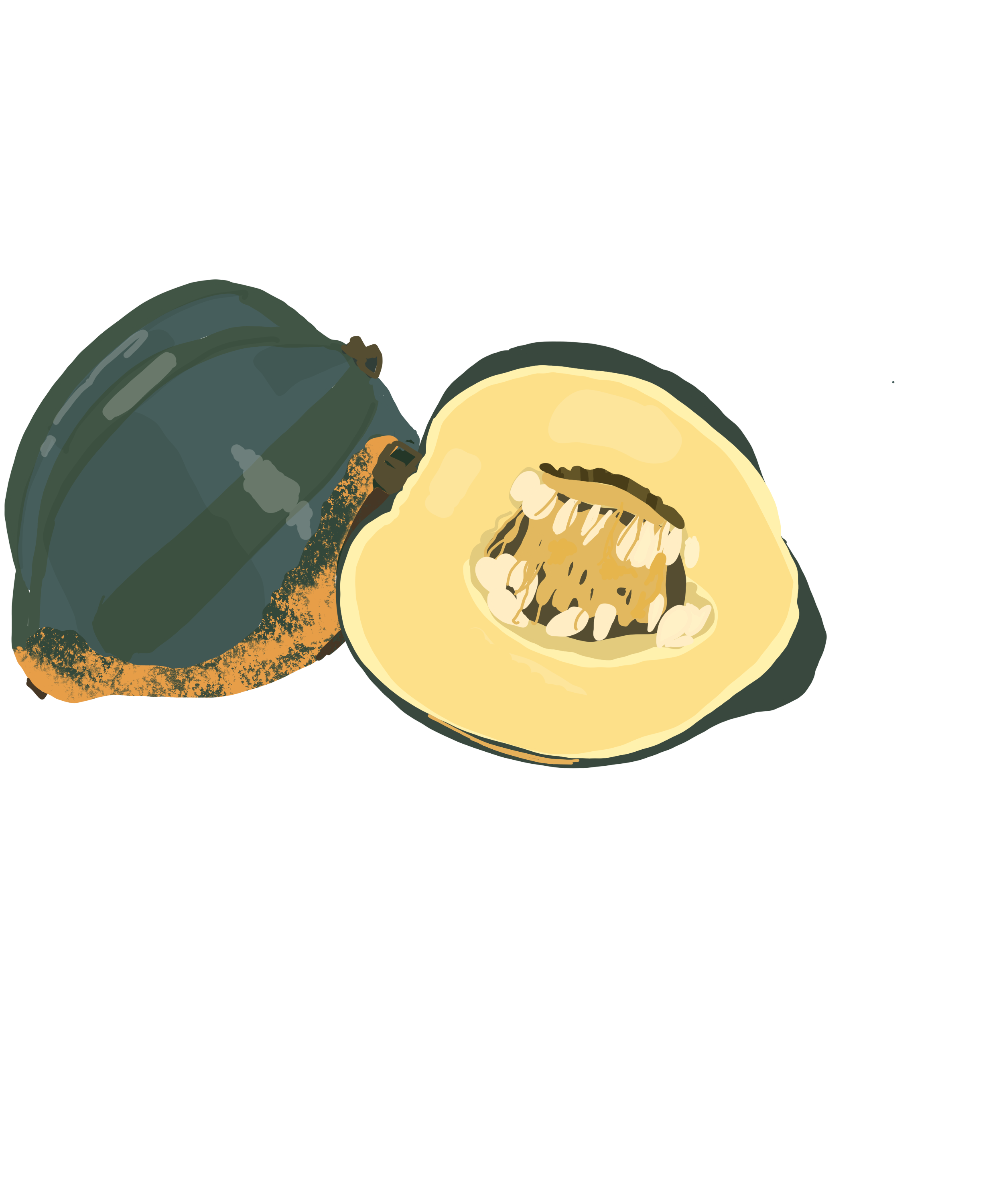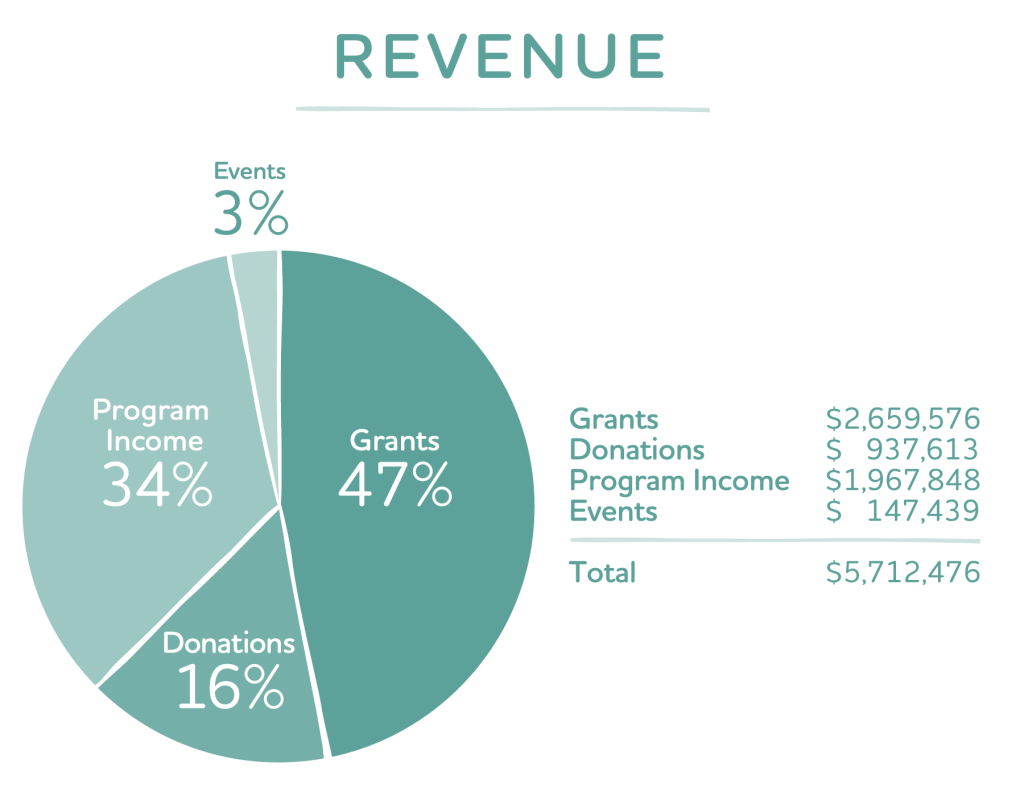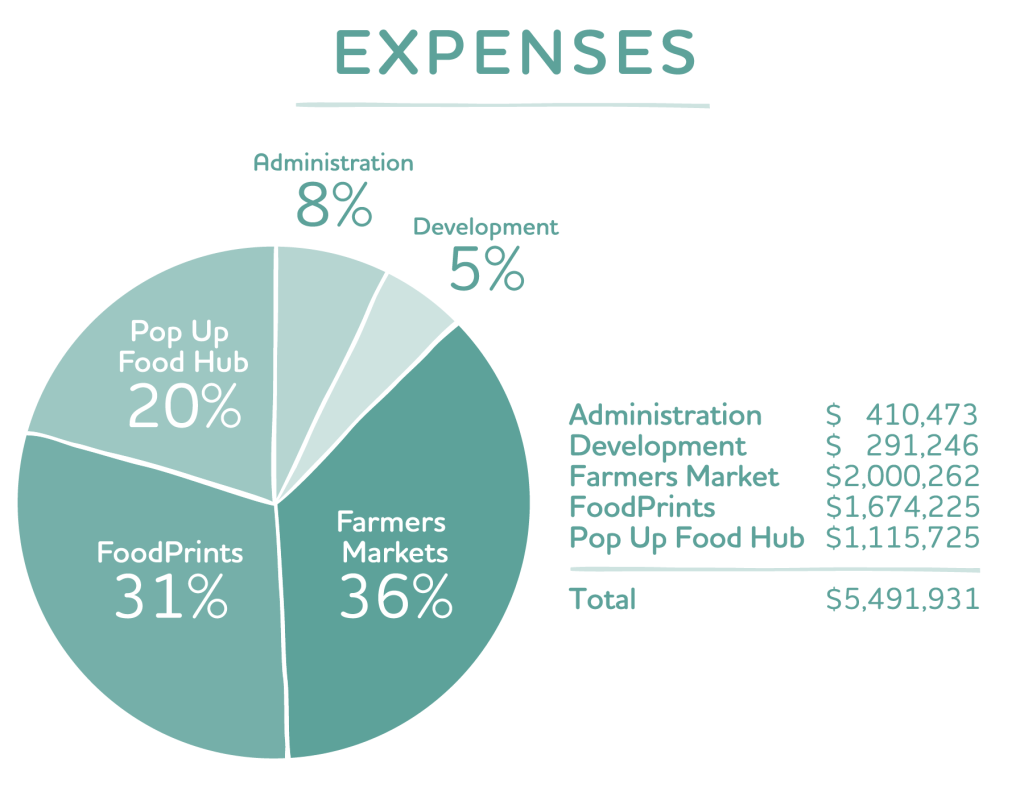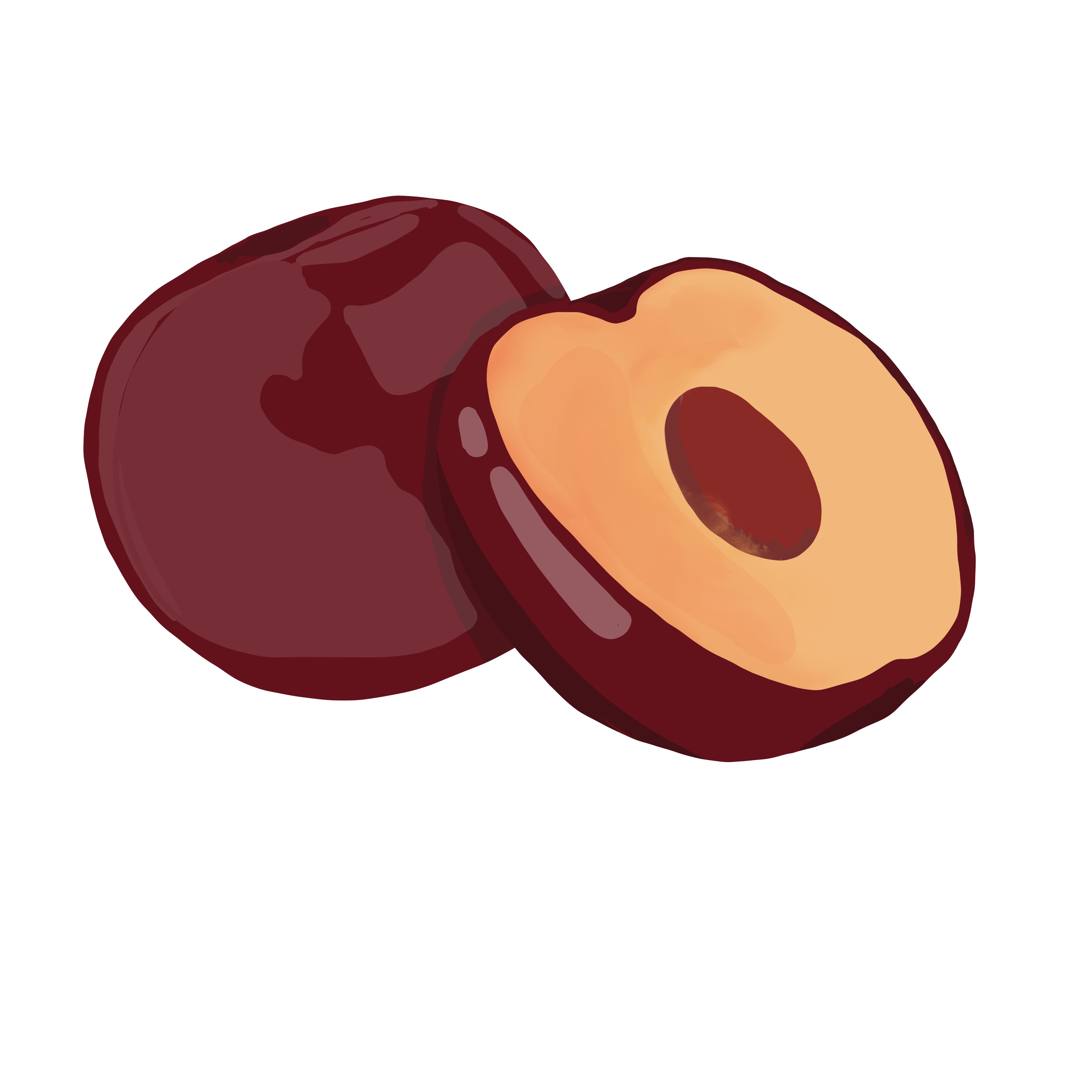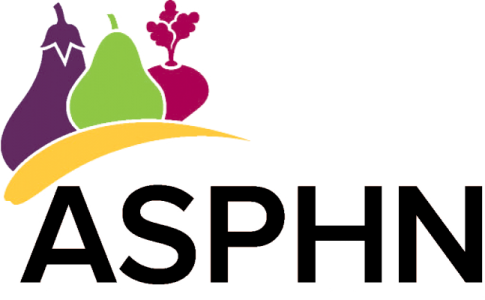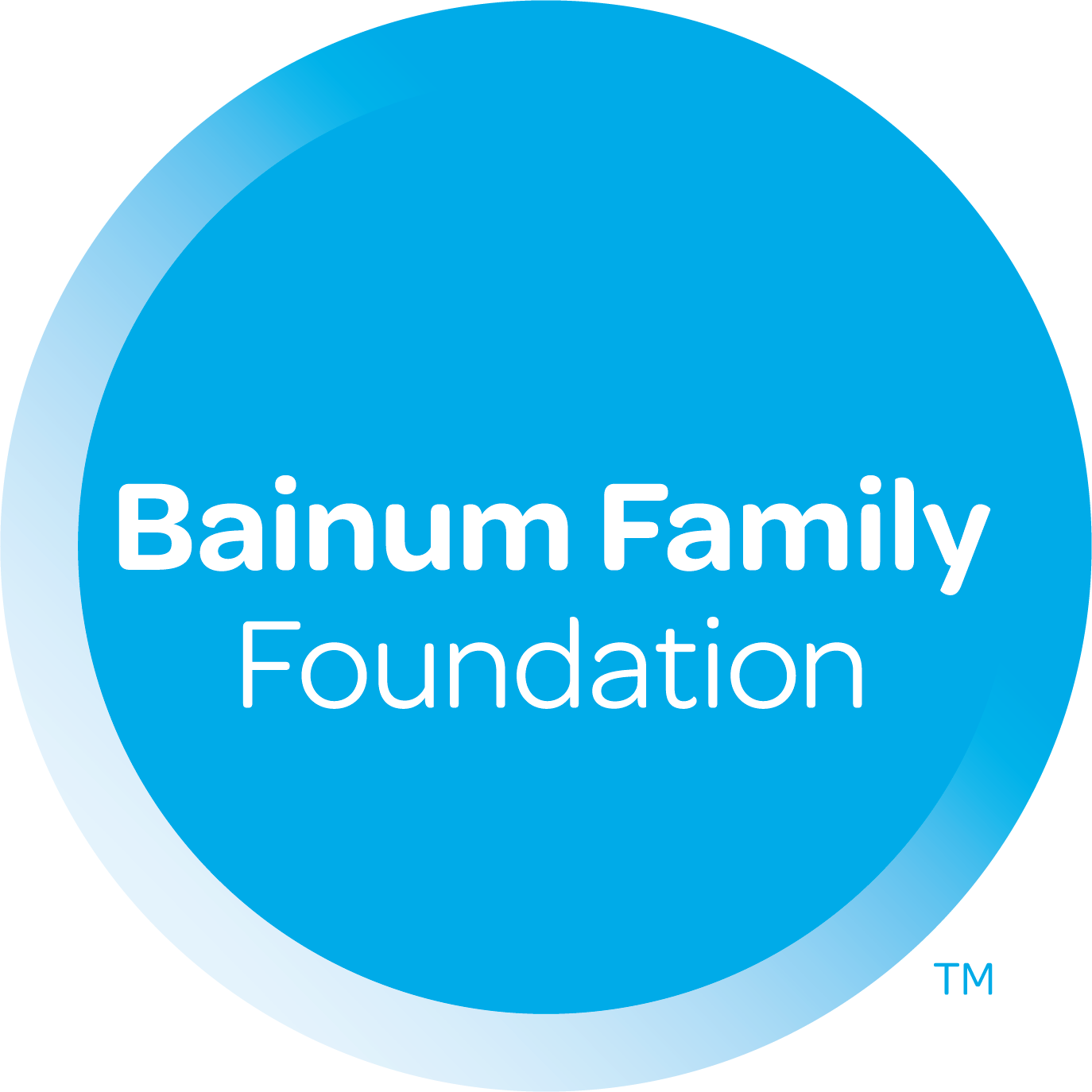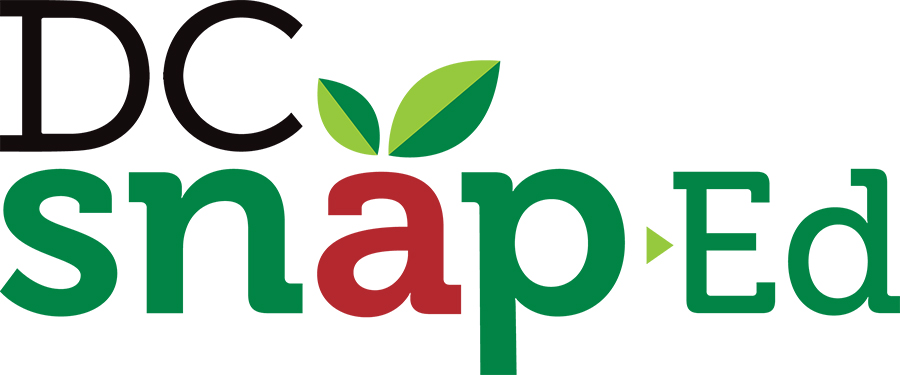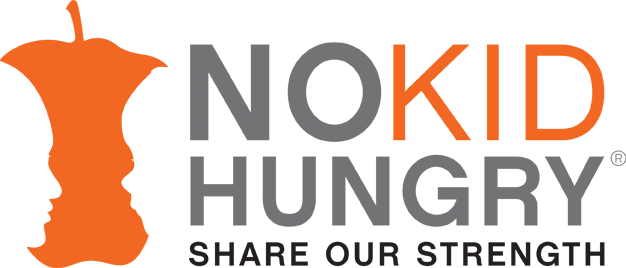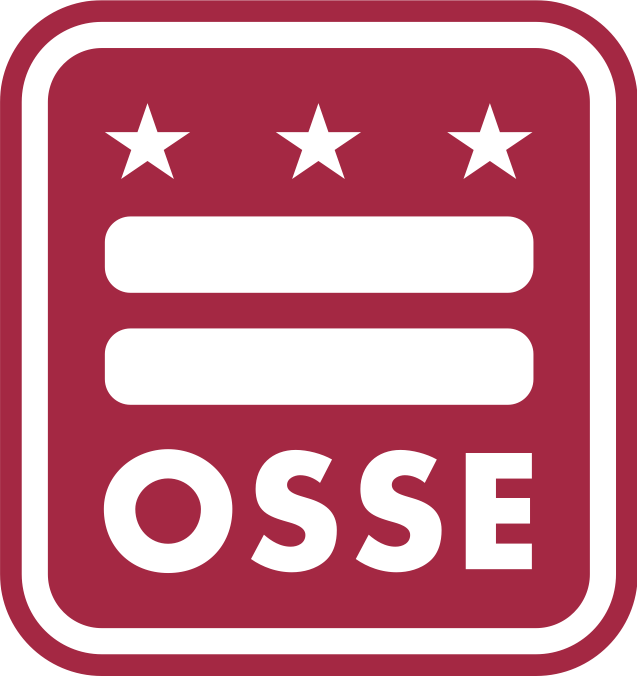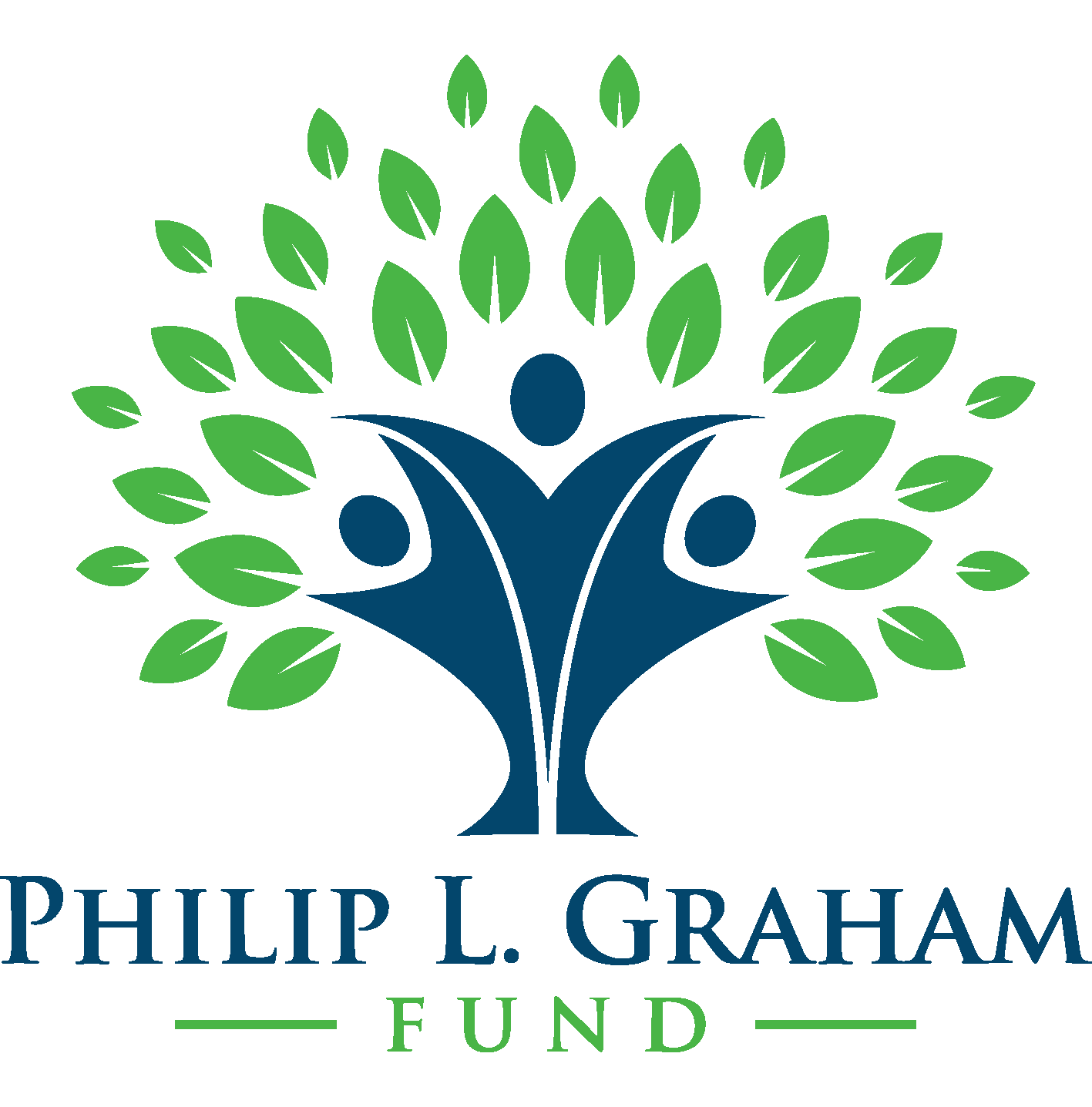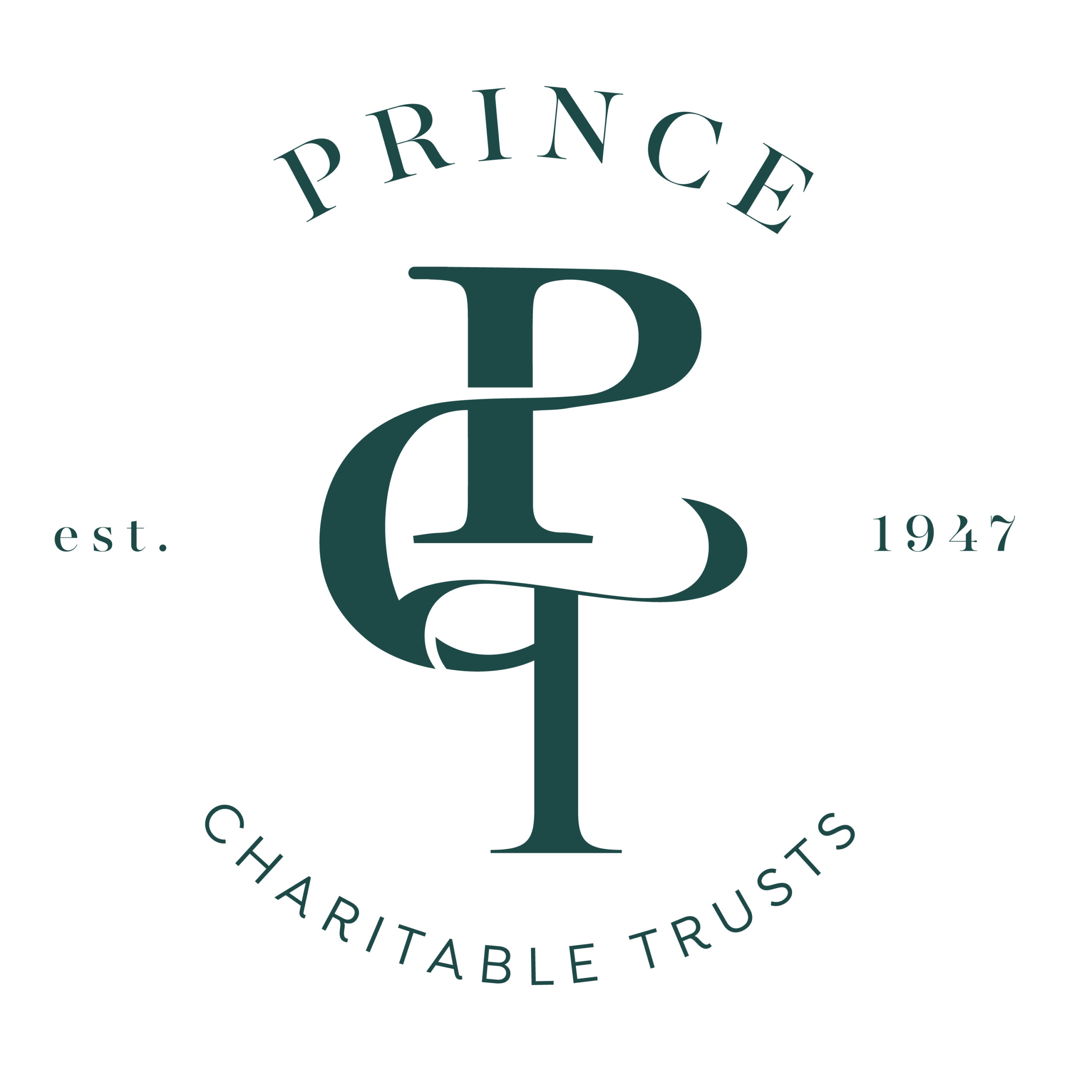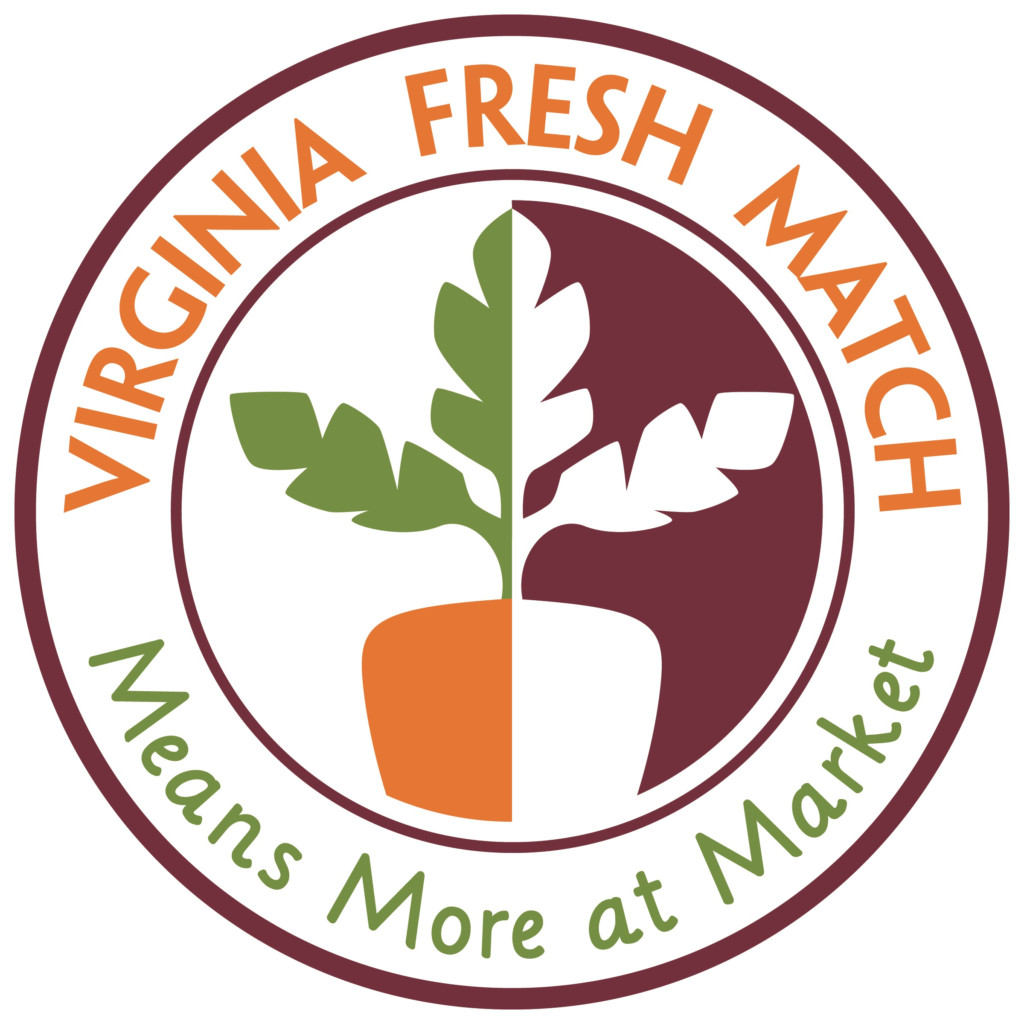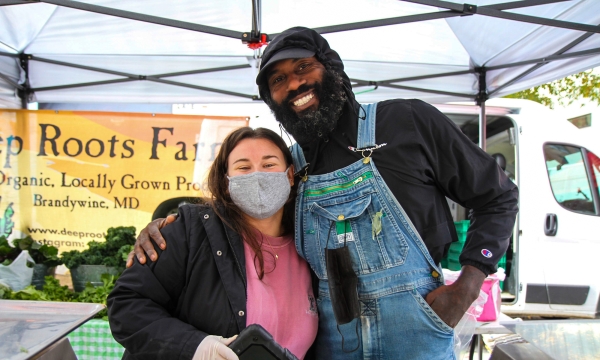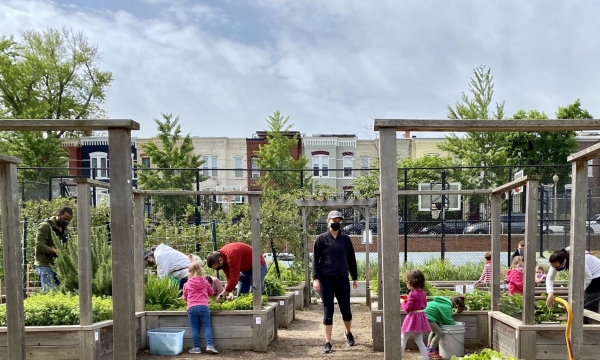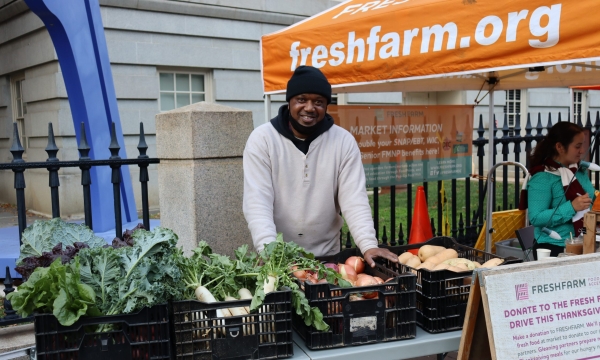In 2020, FRESHFARM worked with the Center for Nonprofit Advancement’s Center for Race, Equity, Justice and Inclusion to establish a baseline for our diversity, equity, and inclusion goals and create an action plan across our organization. This work has guided the progress we made in 2021 and will continue to inform our efforts to advance racial equity and inclusion within the organization.
In 2021, we redesigned our farmers market application and evaluation process to increase transparency and control for bias. Each application is reviewed for eligibility, scored by a panel, and submitted for final consideration by a roundtable of the FRESHFARM Senior Markets team, Market Managers, and other staff that are experienced in farmers market management, local food systems, and food business development. The data collected in 2021 is being used as a benchmark for improvement in the diversity and equity of our markets moving forward. Applicants from groups that have been historically excluded from agriculture, as determined by the USDA, were invited to self-identify in their application. These groups include farmers and producers who identify as BIPOC, immigrants, LGBTQIA+, military veterans, and women. FRESHFARM also tracked applications from first-generation farmers.
Through our food access work, FRESHFARM has made an intentional effort to center and empower stakeholder voices in order to identify barriers to local procurement and utilization of fresh produce within historically marginalized communities. With a focus on authentic community engagement, we have built meaningful relationships with new and existing partners and community members to help create innovative opportunities for holistic solutions to food insecurity. These community-directed solutions include food education training, technical assistance, and community-driven councils.
Our FoodPrints team worked with the Kinder Group to define racial equity goals. We wrote a Racial Equity Outcome plan with the following core objective: that experiential food education is an embedded element of education for all children and the communities they exist in. And that children are provided with the equitable opportunities and access they need to develop a positive relationship with nutritious, culturally relevant food. We also identified ways that FoodPrints programming may perpetuate white supremacist frameworks so that we can shift toward a more anti-racist, stakeholder-directed approach to our work. After a year of training and reflection, FoodPrints formed racial equity working groups covering Family and Community Engagement, Cultural Competency, and Food Access that all staff members participate in. FoodPrints’ goal is that these working groups will help us to achieve our Racial Equity Outcome objectives and create equitable opportunities for experiential food education for all children.
Finally, we revised our hiring practices across FRESHFARM teams to standardize our processes, create more robust and accurate job descriptions, and increase transparency. We implemented standardized evaluation rubrics for interviews, broadened our recruitment efforts to reach underrepresented candidates, and ensured that two staff members participate in every interview to minimize bias. Additionally, all new hires participate in a self-directed anti-racism learning module.
We strive to become an anti-racist organization and recognize that our diversity, equity, and inclusion work is ongoing. The work we have done in 2021 has established a solid foundation for FRESHFARM’s continuing efforts to break down the barriers that prevent equitable access to fresh, local food and limit participation in a robust regional food system.
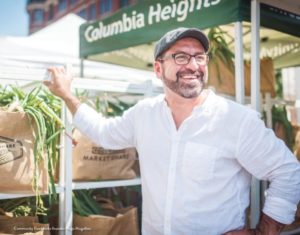
 Hugo Mogollon
Hugo Mogollon